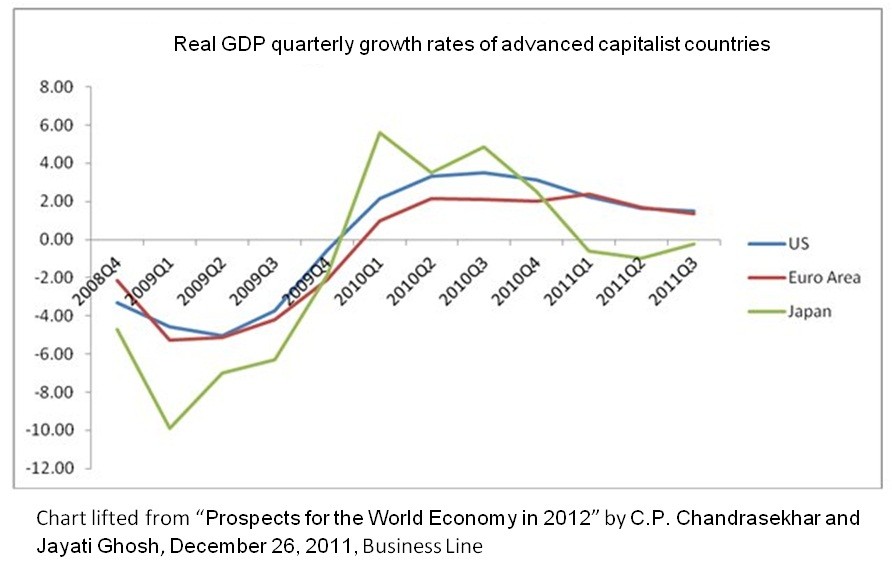Indicators Paint Very Negative Picture
Post on: 16 Март, 2015 No Comment

Food Stamp Use and Declining Savings
I have discussed the issue of food stamps usage in the U.S. economy multiple times here. It remains a big problem. As of August, there were 46.48 million individuals, or 22.72 million families, using food stamps in the U.S. economy. (Source: U.S. Department of Agriculture, November 7, 2014.) In 2009, the number of individuals using food stamps in the U.S. was 33.48 million. This represents an increase of 40% since the Great Recession.
Recommended for You Webcast: A Week in the Life of an Agile Creative Team
High food stamp usage, at the very core, tells us a significant portion of the American population is having difficulty putting food on the table. It also begs us to ask one critical question: if they are having problems with food, will they be able to buy a car, the newest gadgets, and that house with the big yard?
Americans are also failing to save more of their income. In the third quarter of 2014, Americans saved five percent of their disposable income. For example, if their income was $100.00, they saved $5.00. In the last quarter of 2012, this rate was 8.6%. Going back to the early 1980s, Americans saved more than 10% of their disposable income. (Source: Federal Reserve Bank of St. Louis web site, last accessed November 25, 2014.)
Employment and Income Problems
Above all, high-income-paying jobs are lacking in the U.S. economy. Truth be told, there has been unequal job creation. The jobs recovery we hear about has mainly been in low-wage-paying sectors. The jobs lost during/after the Great Recession in higher-paying sectors still haven’t been recovered.
To bring in some perspective: the number of Americans working in the manufacturing sector of the U.S. economy (the high-income-paying jobs) remains three percent below what it was back in January of 2009. Meanwhile, employment in industries like food services and drinking places (low-income-paying jobs) has boomed and is 14% higher than it was before the Great Recession. (Source: Ibid.) To some, three percent off the 2009 level may not sound detrimental, but unequal job creation creates inequality and is a major threat to prosperity.
And real income is down, too. Real median household income in the U.S. economy in 2009 was $54,059. In 2013, it was down to $51,939—or four percent lower. (Source: Ibid.)

Falling incomes lead to a decline in consumption, which creates an obstacle to economic growth.
Perception vs. Reality
When looking at the stock market, it is perceived that everything is great in the U.S. economy. Sadly, this is not true. Stock markets around the world have become addicted to central banks’ easy money policies. Whenever the central bank of a major economy announces it is lowering interest rates (like China just did) or printing more money (like Japan announced last week), global stock prices rally. This is wrong. True bull markets advance on the fundamentals of an improving economy, an improving standard of life, and the improving corporate earnings that go with them.














